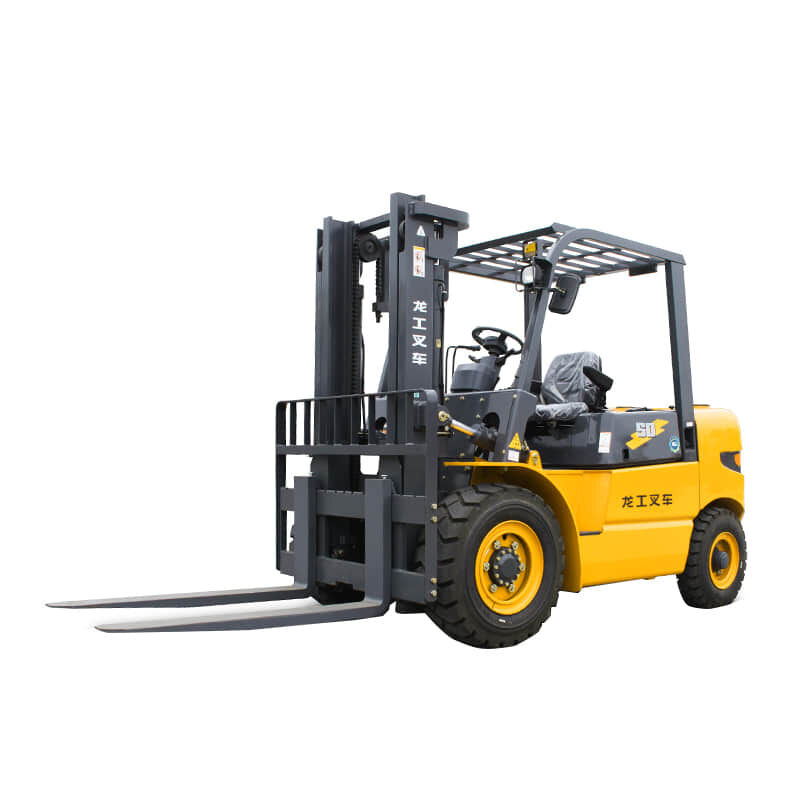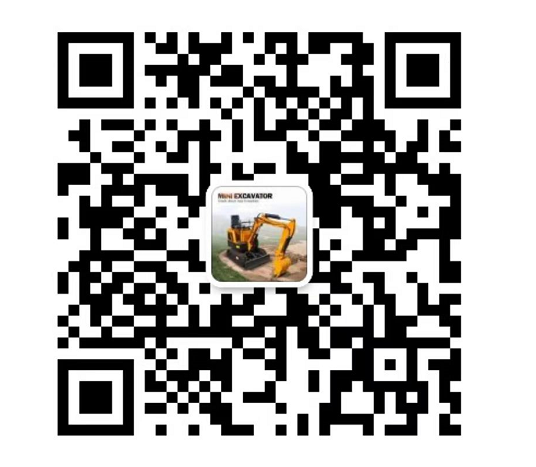1. Product Classification Introduction
Logistics Machinery plays a vital role in the modern logistics industry, covering numerous types to meet the requirements of different logistics links.
Firstly, there is warehousing logistics machinery. Forklifts, for example, can easily lift and transport goods to the designated shelf positions, improving the stacking and access efficiency of goods in the warehouse. There are different power forms available, such as electric forklifts and internal combustion forklifts. There are also stackers that can accurately perform the storage and retrieval operations of goods among high-rise shelves, realizing the efficient utilization of warehouse space. They are often used in automated three-dimensional warehouses.
Conveying logistics machinery is also indispensable. For instance, belt conveyors rely on continuously rotating belts to achieve the smooth transportation of goods. They are suitable for transferring goods between different logistics nodes and can flexibly adjust the conveying routes according to the site layout. There are also roller conveyors that use the rolling of rollers to transport goods and are often applied in package sorting and other links to facilitate the rapid circulation of goods.
In addition, loading and unloading logistics machinery like cranes can lift heavy goods for loading and unloading. They play a key role in ports, freight yards and other occasions and can handle the loading and unloading tasks of goods of various sizes and weights. Different types of logistics machinery cooperate with each other to jointly build an efficient and orderly logistics operation system.
2. Product Advantages
(1) High Degree of Intelligence
Logistics Machinery has seen a significant improvement in its intelligence level nowadays. Taking forklifts as an example, many of them are equipped with intelligent navigation systems. They can automatically drive along the preset routes in the warehouse, accurately stop at the goods storage or retrieval points without much human intervention, which greatly improves the operation efficiency. Stackers can even seamlessly connect with the warehouse management system. They can quickly and accurately complete the storage and retrieval of goods according to the system instructions and can also feed back their own running status in real time, facilitating managers to grasp the situation in time for regulation.
Belt conveyors and roller conveyors and other conveying equipment can also integrate intelligent sensors. They can automatically detect information such as the flow and position of goods. Once there is a situation of goods accumulation or abnormal transportation, they will promptly send out alarms to notify the staff to handle it. Meanwhile, they can also automatically adjust the conveying speed according to the overall logistics rhythm to ensure the continuity and high efficiency of goods transportation.
(2) Easy Maintenance
Logistics Machinery has many conveniences in terms of maintenance. The structural design of forklifts is relatively intuitive, and the layout of parts is reasonable. Conventional wearing parts such as batteries (for electric forklifts), tires, and hydraulic parts are relatively easy to replace. Maintenance personnel can get started with the operation after simple training. The key parts of stackers have designs that are convenient for disassembly and maintenance. For example, motors and chains can be quickly located and replaced with corresponding parts when a failure occurs, reducing the downtime for maintenance.
For conveying equipment, parts such as belts and rollers usually adopt standardized installation methods. If they are worn or damaged, they can be conveniently replaced. Moreover, most manufacturers of logistics machinery provide comprehensive after-sales maintenance services, including regular maintenance guidance and fault troubleshooting support, which further guarantees the good running state of the equipment.
(3) Strong Adaptability
Logistics Machinery can adapt to diverse working environments and logistics needs. Forklifts can operate in passages of different widths. Whether it is a narrow indoor warehouse passage or a relatively open outdoor freight yard passage, they can shuttle flexibly. They can also be adapted to pallets and goods of different specifications to meet the requirements of various goods handling.
Stackers can be customized according to the actual situation of the warehouse height, shelf layout, etc. They can adapt to automated three-dimensional warehouses of different scales and forms and ensure stable and efficient work in complex storage spaces. Conveying equipment can be flexibly combined and adjusted according to factors such as different site terrains, conveying distances and goods flow rates. They can operate normally on flat ground, on sites with a certain slope or on conveying lines that need to turn or bifurcate, ensuring the smooth flow of logistics transportation.
(4) High Precision
In logistics operations, precision is of vital importance, and logistics machinery well meets this requirement. When stackers store and retrieve goods, their positioning accuracy can reach the millimeter level. They can accurately place the goods on the designated shelf positions or take out the goods from the corresponding positions, avoiding the occurrence of wrong storage or retrieval of goods.
When forklifts transport goods, especially those with high requirements for the placement position accuracy, their operation precision is also high. Through the precise control system, they can place the goods smoothly and accurately at the target location. Conveying equipment can also rely on precise control in the sorting, merging and other links to ensure that goods flow according to the correct routes and orders, ensuring the accuracy and high efficiency of the entire logistics process.
3. Product Usage Scenarios
Logistics Machinery is widely used in numerous scenarios. In large e-commerce warehouses, forklifts frequently shuttle among the shelves, transporting various commodities for inbound and outbound operations. Stackers quickly and accurately store and retrieve goods on high-rise shelves, cooperating with the automated system to achieve efficient warehouse management and meet the demand for the rapid turnover of goods under massive orders.
At ports and docks, cranes continuously lift containers and various bulk goods and load and unload them onto ships or transport vehicles, ensuring the smooth transfer of goods between water and land. Meanwhile, the conveying system composed of belt conveyors and roller conveyors orderly transports goods to the corresponding positions, improving the loading and unloading and circulation efficiency of port goods.
In the logistics links of manufacturing enterprises, forklifts transport the processed parts from the production line to the warehouse for temporary storage or transport raw materials to the side of the production line. Conveying equipment transfers materials among different processes in the workshop to ensure the continuity of production. The coordinated operation of logistics machinery helps enterprises to operate efficiently in production.
In conclusion, logistics machinery, with its diverse types and outstanding advantages, plays an indispensable role in various logistics-related scenarios and vigorously promotes the vigorous development of the modern logistics industry.







